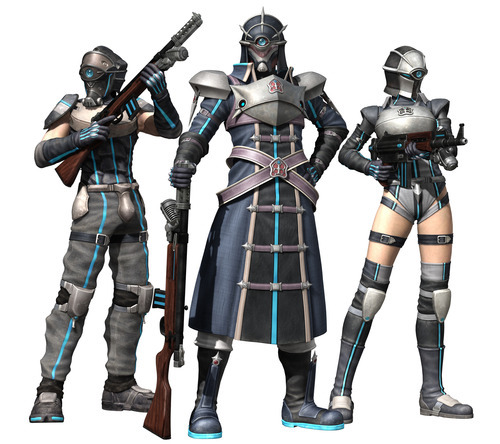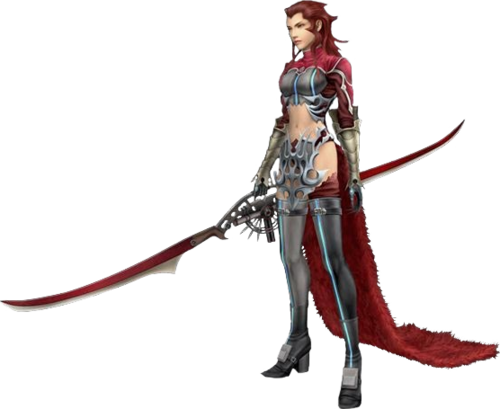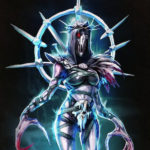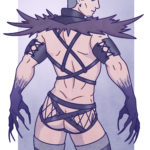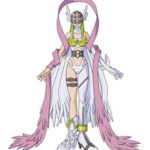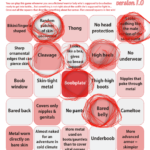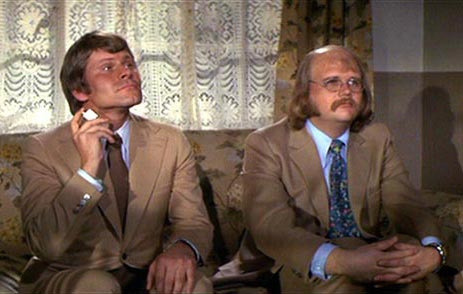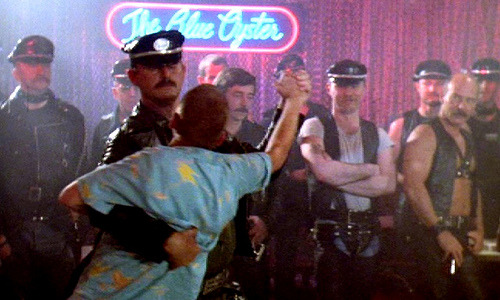Anonymous submitted:
So, I love Final Fantasy, I’ve played it since I could hold a controller. But in the final installment of FFVII You’re faced with the Deep Ground Soldiers, a syndicate of a sort, while you play as Vincent… shooting at them… But what bugged me was the fact that the females weren’t issued the nice sturdy functioning pants the dudes have, and those guys even get a nice little protective crotch piece! (because lord knows you gotta protect your junk from magic spells and bullets) Aside from that, they have some pretty good looking helmets and the chest plate is that a chest plate, not a dented boob plate. But still why the dang leotard? I sure as heck wouldn’t join an underground army with that uniform. But then one of their leader’s Rosso… *sigh* she falls as the stereotypical “sexy villain” with an insatiable bloodlust, but that’s it, the rest I’m sure has already been covered.
The lack of pants is truly a pandemic among female game characters. Gotta say, it’s especially ridiculous whenever it’s literally the only article of clothing that male version of an outfit has, but female does not.
And yes, Rosso definitely gets additional what-else-could-go-wrong point for applying to “evil is sexy” trope.
~Ozzie
“Really? Flashing tits makes this a ‘grown up’ game? This is such skewed thinking and what is a huge flaw within the gamer community. You’re completely over-looking everything that is just wrong with this, especially since this is a battle game and bikini armor does absolutely nothing. That huge patch of skin is gonna do a hell of a lot to deflect Link’s arrows.
All this is is pandering to male gamers and brings absolutely nothing else to the game except spank bank material. It’s lazy character designing, factually flawed, biased and sexist. I wouldn’t be complaining half as much as I am if it wasn’t for the next screenshot that shows a male character in full, heavy duty armor.” – Some dude on reddit
Pretty much sums up my thoughts on the new Hyrule Warriors female villain. Kind of really getting annoyed with this stuff.
Nintendo, for reasons that aren’t entirely clear, apparently decided to double down on this.
They decided to make a DLC with an alternative outfit provided you want to pay the bargain price of US$7.99 for…
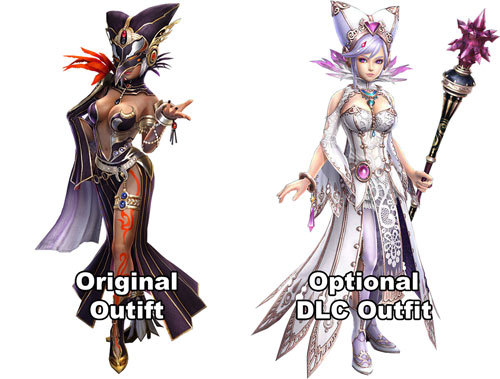
So, rather than embracing the era of the modding community (who make some very genuinely sexy mods) they’re offering to sell you an outfit that’s only slightly less terrible (presumably if it was a good outfit you wouldn’t know it was a game for grown ups).
But apparently no amount of money will convince Cia to put on something comfy and stop wearing a bra on her head.
– wincenworks
I think it’s a bit odd to say the Pillar Men are not a seductive threat to the heterosexuality of male viewers and then follow it up by saying that they are meant to make them feel uncomfortable. Usually when a villain is Coded as gay they tend to be effeminate and petty contrasting the traditional masculinity of the main character, or they tend to be musclebound bear-men who intimidate with their sexuallity, whereas the Pillar Men are fought as equals. Contrast the Stardust Crusaders villains.
The “sissy villain“ is probably the most common gay-coded archetype in popular media but it’s certainly not the only one. It’s popular in a lot of “family friendly” media as it has it’s roots in the “hero’s inadequate friend” trope and doesn’t really require anything overt.
However, the use of coding of pretty much any “alternative” group (who are only “alternative” due to mainstream society’s lack of acceptance) to flag villains in media is very common. Mostly because these people are “othered” by society and hence the audience is assumed to believe these people are not worthy of human compassion.
Varying degrees of LGBT coding in villains in movies is common enough that there are high profile lists of the best and worst. Game Theory did a video on the vilification of LGBT characters in video games. These are only covering the blatant examples (though notably these characters rarely get to have any romance in their lives). They do however, represent a variety of looks and villains beyond the scheming sissy.
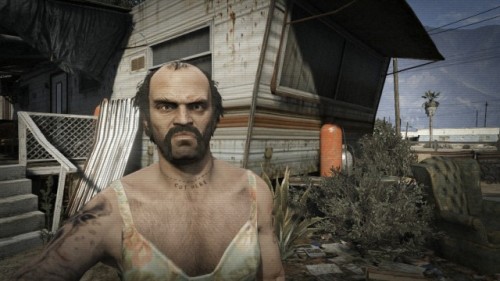
An important thing to understand about this kind of coding is that it is not necessarily done with any intentional malice or even awareness of how the audience might read it. That doesn’t make the end result any less harmful, it just means the creators are often not aware of the harm they’re doing.
Sometimes it happens due to casting priorities (the powers that be insist the primary cast be x, y and z so the only room for diversity with decent characterization is villains). Thus denying these groups the chance to be the hero and instead giving the audience the opposite impression.
Sometimes it’s simply the norm to that creator due to them absorbing so much media where regulations or society in general demanded that “deviant” characters be portrayed in a negative light. Particularly if they’re doing a remake of or heavily inspired by something problematic.
Sometimes it’s just overlap of interests (looks associated with body building and/or fashion can easily overlap into softcore porn for gay men). The further from “normal” they look, the more necessary to ensure they are not “one of” the target audience.
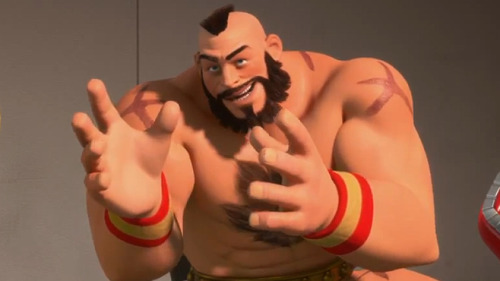
Sometimes these unflattering portrayals are celebrated by members of under represented groups. Sometimes, regardless of how horrible or wildly inaccurate they are absorbed audience and lead to the vilification of innocent people. Sometimes completely ridiculous things become coded due to people’s wild imagination.
Once something becomes “coded” then society only accepts it in media if it’s attached to a member of that “other” or there’s some point made about how this is an exception, etc. So if you want to diversify your cast, society wants you to give the undesirable roles to those in the “other”.
Now this is all different to when you make a character deliberately predatory – trying to push their lifestyle onto the protagonist or player. Tropes such as the “depraved homosexual“ (or ”depraved bisexual”) are more confrontational to the presumed straight male cishet audience. Remember: Even completely non-predatory flirting from fictional people can make an alarming number of straight men panic.
HOWEVER a lot of the anxiety that comes with the acknowledgement of people who are not straight white cis men tends to fade immediately if the “other” is clearly completely different, vilified, dehumanized or even inhuman (the Pillar Men being megalomaniac asexual aliens, for example). They also feel better about it if it’s only “bad guys” who are put in awkward positions due to the presence of the “other”.
All of which is to say that pop culture and modern media in general feel that – if something can be interpreted as not a proper part of straight cis society then the place for it is in the “other” which often means as the bad guys, comic relief or both.
– wincenworks


